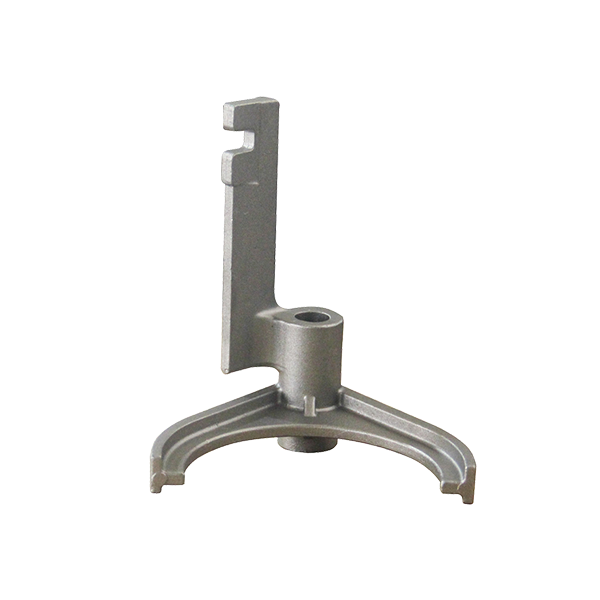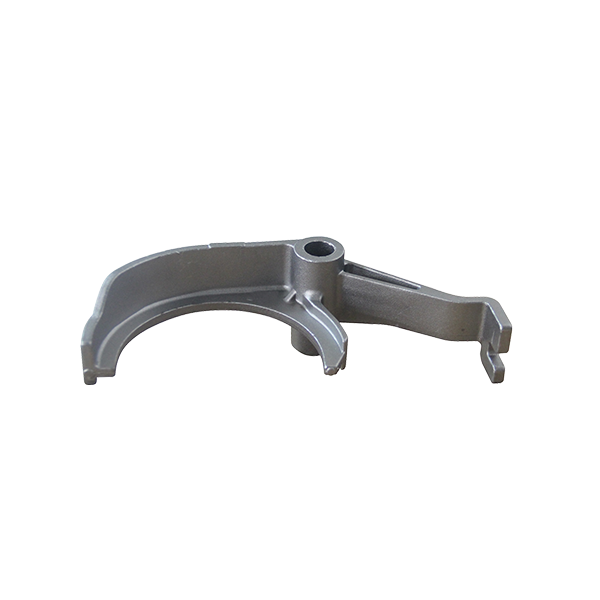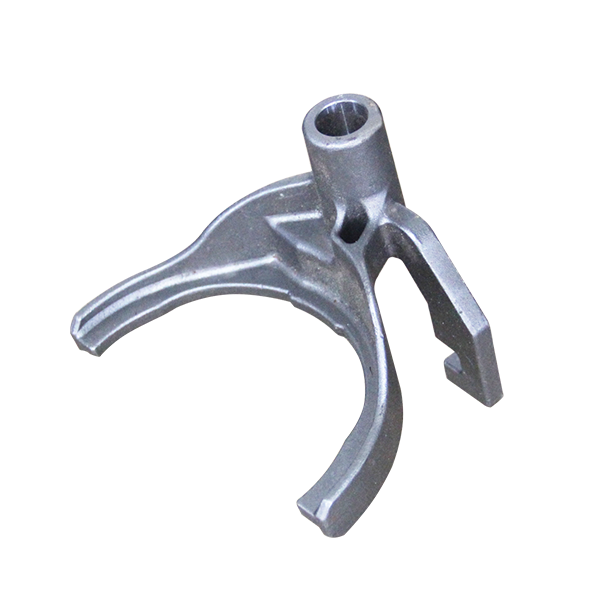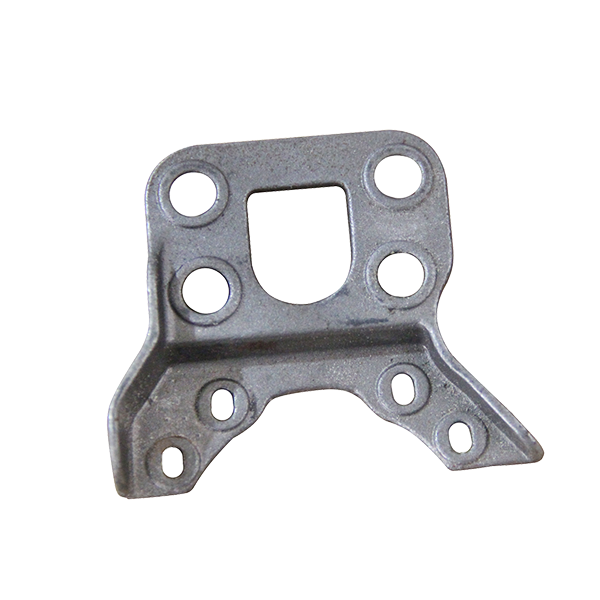Key points of shell mold casting process
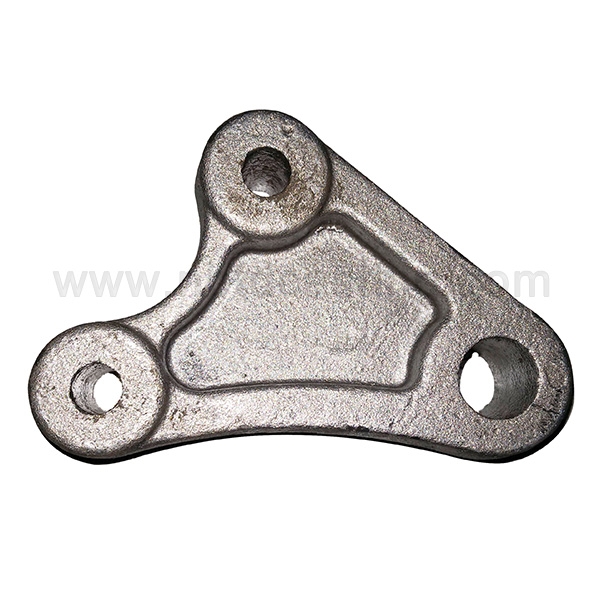
Shell casting with high strength thermosetting material silica sand or zirconium sand and resin inclusions to form a thin shell casting and stop pouring to obtain the casting forging method, known as shell forging.Its truth is the following: the preheat (about 280 ~ 320℃) metal plate, buckle on the bucket with resin sand, resin sand on the flip bucket so that the fall on the template.Resin heat melting, and bond sand, constitute a thin shell, and then the bucket reset, so that the resin sand did not melt down, with shell mold template heating to make the shell softened shell can be up.The first layer is the general layer, which can make the casting bright.The second layer is the reinforcement layer, for the strength of the reinforced shell.The shell should be softened after heating each time.The shell thickness is very important to the material evenness of the guaranteed casting, so the mold layout and mold manufacturing precision are very high.For the sand-free box does not fill the steel shot process, because the shell shape to accept the effect of high temperature liquid iron, so the shell shape shell thickness should be a little thicker.
Mulch sand quality requirements high
Shell forging requires high quality of shell sand, high thermal strength of shell sand, medium size shell is not easy to be destroyed in the process of handling, so it requires high strength at room temperature.At the same time from the aspect of guard against stomata, the requirement of its low amount of hair;It also has higher requirements on particle size, which is more suitable for 15H~21H, too fine air permeability is poor, too coarse and easy to clay sand;For long rod-shaped parts such as crankshaft and camshaft, the thermal shrinkage of shell sand is required to be low in order to prevent winding deformation and ensure the dimension accuracy of tube casting.
Molding process parameters requirements harsh
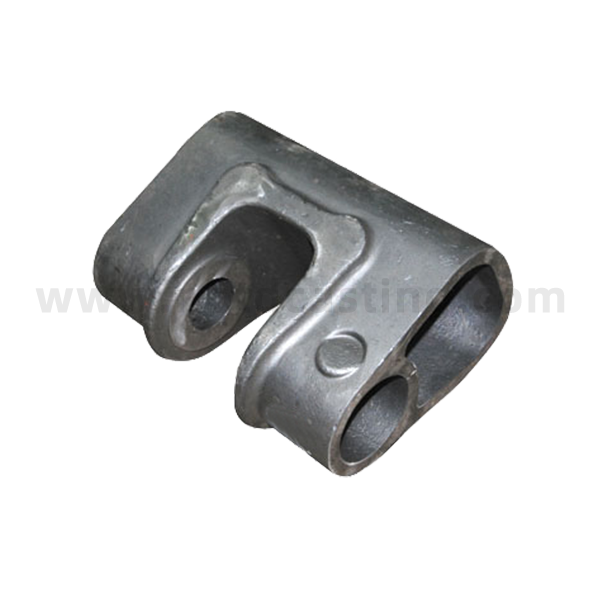
Molding process parameters are very important for shell mold and casting quality, including sand injection pressure, mold temperature, softening time, etc.
(1) sand shot pressure time: suitable sand shot pressure time is to ensure that the surface is clear, bright, durable shell type of the main factor.The ejecting pressure is too low and the time is too short, it is easy to have the sign of blowing not tight, but the pressure is too high and the time is too long, the shell is easy to have the crack, when pouring leakage, running iron liquid sign, the casting presents the defect of not enough pouring.
(2) mold temperature: the highest temperature should cover the hardening and softening of resin in the shell type coated sand. If the temperature is too low, the shell core will be softened and opaque, presenting a "gray-like" sign.The highest temperature should ensure that the resin does not occur over-burning and failed to adhere to the strength, temperature over high, will appear shell type over-burning, showing "carbon black" signs;Temperature too low too high can not make the shell type to obtain the highest strength, and even the emergence of shell signs.Under the condition of not causing "over burning", the higher mold temperature is generally used to improve labor productivity.
(3) softening time: the softening goal is the plastic state of the shell, further under the influence of heat to produce a chemical reaction, to complete solidification into a hard shell, softening time depends on the mold temperature and shell thickness and other factors.




